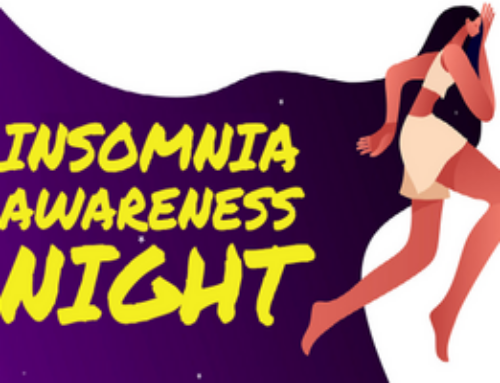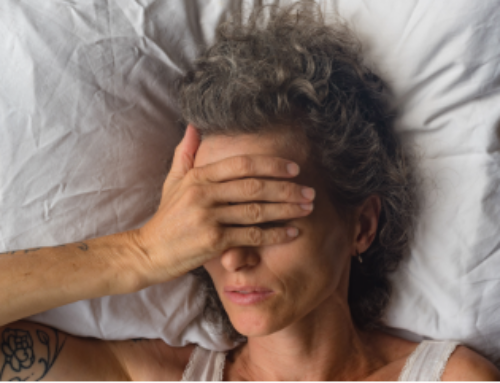A new study shows that mathematical models can be used to design effective treatment schedules for jet lag. These models simulate the body’s internal circadian clock and its effect on human performance.
The study tested a new algorithm called the “circadian adjustment method.” It was implemented with a prototype scheduling software called “Shifter.” Together these tools were used to create optimal bright light therapy schedules for the treatment of jet lag.
The system was tested on a simulated 12-hour shift of a sleep-wake schedule. This is similar to what a person would experience when traveling from New York to Hong Kong.
The test protocol involved one 24-hour baseline day and a 28-hour wake episode that included a 12-hour phase shift. This was followed by 12 days of performance measurement.
Simulation results show that the computer-generated treatment schedule produced faster performance recovery. By day six, the performance profile across the day was similar to baseline levels. Without treatment, performance improved slowly over the next 12 wake episodes after the schedule shift.
“This work shows how interventions can cut the number of days needed to adjust to a new time zone by half,” study co-author Daniel Forger said in a prepared statement.
The study was published on June 19 in the journal PLoS Computational Biology.
Traveling across several time zones quickly puts you in a place where you need to sleep and wake at times that are much different than what your circadian body clock expects. As a result you may have trouble sleeping at night and staying awake during the day in your new location.
Properly timed light exposure can reset the circadian body clock to align with a new time zone. This can help you sleep better at night. It also can reduce fatigue and improve your daytime performance. But why would you need a high-tech computer program to plan your treatment schedule?
According to the study, it has to do with the complexity of light. The wavelength, timing, intensity, and duration of a light pulse all can have an effect on the circadian body clock. And brief bursts of light can have a greater impact than ongoing light exposure. This makes it hard to design general rules for a treatment schedule.
“Timed light exposure is a well-known method for beating jet lag,” Forger told CNN. “But few people realize that if timed incorrectly, it can actually make jet lag worse.”
The authors report that it may take weeks to manually design and test a treatment schedule. In contrast, the program tested in this study can produce an effective treatment schedule on a laptop computer in less than two minutes.
But it may be a while before the program is available to the public. Forger told CNN that it could be five years before the product is ready for release.
The authors report that their system can be used for other jet lag treatments. Their next step will be to develop modules for interventions such as naps, caffeine and melatonin.
And the system may be useful in developing treatment schedules for people with shift work sleep disorder. The authors even envision the system being used in extreme environments. It may help people in space, undersea or at the North Pole or South Pole.





